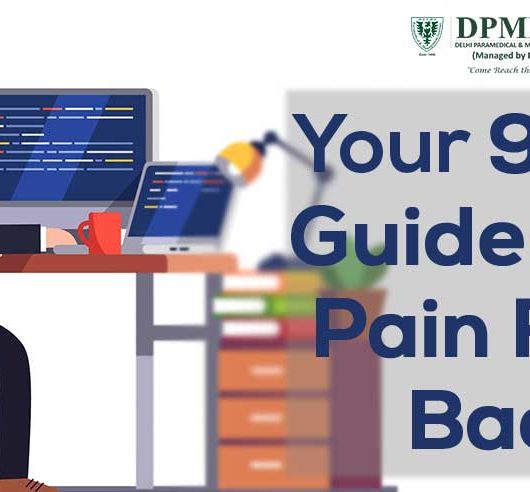Needle stick injuries are a common occupational hazard in the healthcare industry, particularly for those who work with needles and other sharp objects. A needle stick injury occurs when a healthcare worker accidentally punctures their skin with a used needle or other sharp object. These injuries can result in serious health complications, including the transmission of infectious diseases such as hepatitis B, hepatitis C, and HIV.
Prevalence of Needle Stick Injury
Needle stick injuries are a significant problem in the healthcare industry. According to the Centers for Disease Control and Prevention (CDC), about 600,000 to 800,000 needle stick injuries occur each year in the United States alone. Nurses, physicians, and other healthcare workers who perform invasive procedures are at the highest risk for needle stick injuries.
Causes of Needle Stick Injury
There are several reasons why needle stick injuries occur in the healthcare industry. One common cause is the lack of proper training on the safe handling of needles and other sharp objects. Many healthcare workers are not trained to use proper techniques to prevent needle stick injuries, such as using safety devices on needles or properly disposing of used needles.
Another cause of needle stick injuries is the improper disposal of used needles. Used needles should be immediately disposed of in a sharps container, but sometimes they are improperly disposed of in regular trash bins, which can lead to accidental needle stick injuries.
Finally, healthcare workers may be at risk for needle stick injuries due to the unpredictable nature of their work. Patients may move suddenly, causing a needle or other sharp object to puncture the skin of the healthcare worker.
Complications of Needle Stick Injury
Needle stick injuries can result in serious health complications, particularly if the needle was contaminated with infectious material. Infectious diseases such as hepatitis B, hepatitis C, and HIV can be transmitted through needle stick injuries.
Immediate medical attention should be sought if a needle stick injury occurs, particularly if the needle is contaminated with infectious material. Testing for infectious diseases should be done to determine if any disease has been transmitted through the injury. If a needle stick injury occurs, thoroughly rinse the injured site with running water & gently clean it with soap & water.
Preventing Needle Stick Injury
There are several steps that healthcare workers can take to prevent needle stick injuries. First, proper training on the safe handling of needles and other sharp objects should be provided to all healthcare workers. This training should include the proper use of safety devices on hands and the proper disposal of used needles.
Second, healthcare workers should always wear personal protective equipment (PPE), such as gloves, when handling needles or other sharp objects. This can help prevent accidental punctures.
Finally, healthcare workers should be aware of the risks associated with their work and take appropriate precautions. For example, healthcare workers should be aware of the unpredictable nature of their work and take steps to avoid accidental punctures, such as positioning themselves in a way that minimizes the risk of accidental punctures.
Conclusion
Needle stick injuries are a significant occupational hazard in the healthcare industry. Healthcare workers who work with needles and other sharp objects are at the highest risk for needle stick injuries. These injuries can result in serious health complications, including the transmission of infectious diseases such as hepatitis B, hepatitis C, and HIV.
Preventing needle stick injuries requires proper training on safely handling needles and other sharp objects, using personal protective equipment (PPE), and awareness of the risks associated with the work. By taking these steps, healthcare workers can reduce their risk of needle stick injuries and protect their health and well-being.



